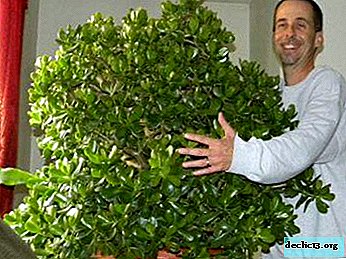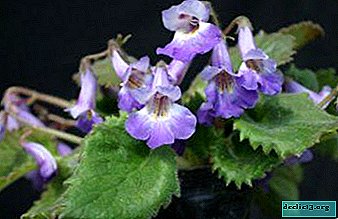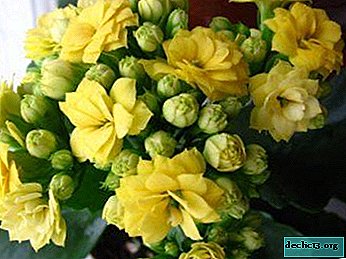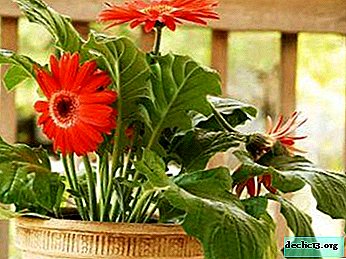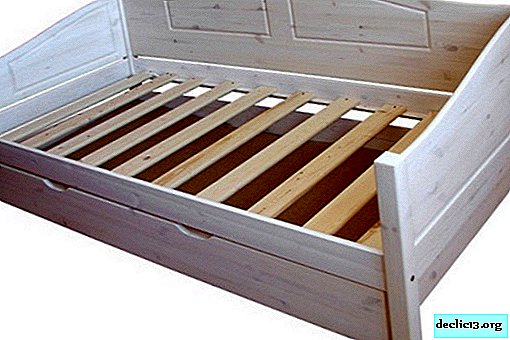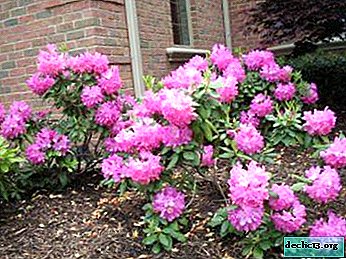What if the orchid has roots growing up and why is this happening?
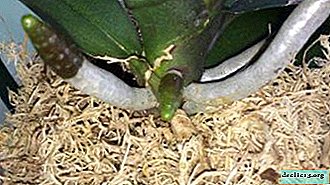
You noticed that the roots of your orchids began to grow up - do not be alarmed and do not panic. Your plant is all right. One of the features of orchids is aerial roots.
What it is, why a similar phenomenon arises, and how to care for a plant with such roots you will learn in our article. We also recommend watching a useful and informative video on this topic.
What it is?
You probably know that in nature, an orchid can grow on trees and other plants while not parasitizing. That is why the flower uses only the airy root system. They have a special layer of cells with which they absorb moisture. It is called velamen. This mode of existence is called the epiphytic form of existence.
Home orchids are adapted with mixed soils so we do not see the roots on the surface. But, nevertheless, the appearance of several of them on the surface is a normal phenomenon. The root system provides a guarantee of a healthy and beautiful flower. The roots can be different shades of green. The root system in these plants is very sensitive. If there are any problems with them, this will immediately affect the appearance of the flower. Read more about what the roots of a healthy orchid should be or how to care for a flower at home, read here.
ATTENTION: Roots growing outside are thicker than those in the substrate. They have a cylindrical or flat shape. Because of velamen they can be compared with a sponge. Thanks to him, they receive nutrients from the environment that have such a color. During the period of drought, they are silvery, and after watering they are bright green.Why the wrong growth?
It is important to remember that if the roots located in the substrate are healthy, it does not matter how much grows outside. It does no harm to the flower. This phenomenon appears due to:
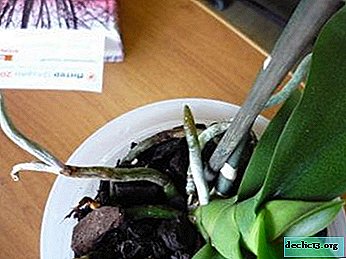 Excess watering - because of it, the plant dies and so that this does not happen, in this way the roots are saved from death.
Excess watering - because of it, the plant dies and so that this does not happen, in this way the roots are saved from death.- Insufficient watering - in search of moisture, the roots are looking for it outside.
- Lack of light - because of him, the roots rot and to find him outside the pot, climb out.
- Dense soil - because of it, the plant becomes crowded. Also, such a habitat can lead to rotting of the roots.
- High temperature - leads to drying out, from which the roots crawl out in search of moisture.
What can it lead to?
With proper care, they are completely harmless, but if you have violated the rules of care, then this can lead to various problems.
Drying
To dry carry out:
- insufficient watering - they do not get as much moisture as the roots in the substrate, from this they dry out;
- trauma - during transportation or change;
- burn - from an overdose of fertilizer or low-quality water;
- dry air - because of the hot air they will wrinkle and dry out;
- fungus - the last stage of a fungal disease, before this the roots in the hill and leaves of the plant will die.
To solve the problem, it is necessary to remove damaged areas and sprinkle with charcoal or activated charcoal. If the room is dry - spray and water on time.
Mold
Low temperature, excessive watering and lack of light lead to moldiness of orchid roots. If the mold has not passed from the substrate to the roots, then:
 loosen the top layer of the substrate;
loosen the top layer of the substrate;- dry;
- water only after complete drying.
If the mold has passed to aerial roots, then:
- get a flower from the ground;
- Rinse;
- soak for 25 minutes in a solution of fugnicide;
- plant a plant in new soil.
Redness of the tips
This is not a disease or a problem. Redness of the tips - simple evidence of root growth.
Numbness
Strongly roughened roots are old. This is a natural process. To prevent them from causing pathogenic bacteria, gently cut them off.
Aerial roots rust or blacken
Blackening of aerial roots is a manifestation of salt deposition. This means that the roots inside the pot do not have time to get drunk with water. In low humidity, things can get worse. Therefore, you need to act quickly:
- Put the plant on a pallet from wet drainage or increase the humidity with a humidifier.
- Do not place the plant in the sun or near batteries.
- Water only with soft water.
- In order to prevent the appearance of slugs or snails, transplant the plant into new soil.
Watch a video about the causes of “rusting” and blackening of orchid roots:
The appearance of areas of pink or red shades
There are two reasons for this:
- In the hot season, like a kind of tan.
- The consequences of fusarium.
 Pink patches on the roots are not a disease and do not need to be treated.. Fusariosis is a dangerous fungal disease and needs to be treated. Leads to withering of roots, stems and leaves.
Pink patches on the roots are not a disease and do not need to be treated.. Fusariosis is a dangerous fungal disease and needs to be treated. Leads to withering of roots, stems and leaves.
Reasons for the appearance:
- frequency of watering;
- damp weather;
- high humidity.
Stages of treatment:
- Remove the plant from others.
- Eliminate contaminated parts.
- Disinfect slices.
What to do if you climbed out of the pot?
A few roots of orchids crawled out of the pot - this is the norm. But a large number of them indicate improper care and must be reviewed:
- No need to trim them.
- Control the amount of light.
- Adjust the watering.
- If the plant is cramped - transplant it.
Transplant orchids in early spring or after flowering. If the tips of the roots became bright green, then this means that they began to grow. Wait until they grow back a little. When replanting, be very careful - the roots are very fragile.
- Before you get the plant out of the pot, dip it in water so that the substrate is soft and you can easily remove the flower.
- When you get out of the pot, rinse the roots from the old soil.
- Inspect the roots for rotting and dry patches. In the presence of such cut and process slices.
- Plant in new soil.
Caring for a plant that has this look
- Do not allow direct sunlight to hit the flower.
- In summer, keep on the shady side.
- Temperature not higher than 20-22aboutFROM.
- Water after completely drying the soil.
- Avoid waterlogging or drying out of air.
Conclusion
Do not be afraid of changes in your plant, they are not always negative. To be completely confident in the health of your pet, your attentiveness and care during care is enough. Then the plant will be healthy and blooming for your joy.

 Excess watering - because of it, the plant dies and so that this does not happen, in this way the roots are saved from death.
Excess watering - because of it, the plant dies and so that this does not happen, in this way the roots are saved from death. loosen the top layer of the substrate;
loosen the top layer of the substrate;